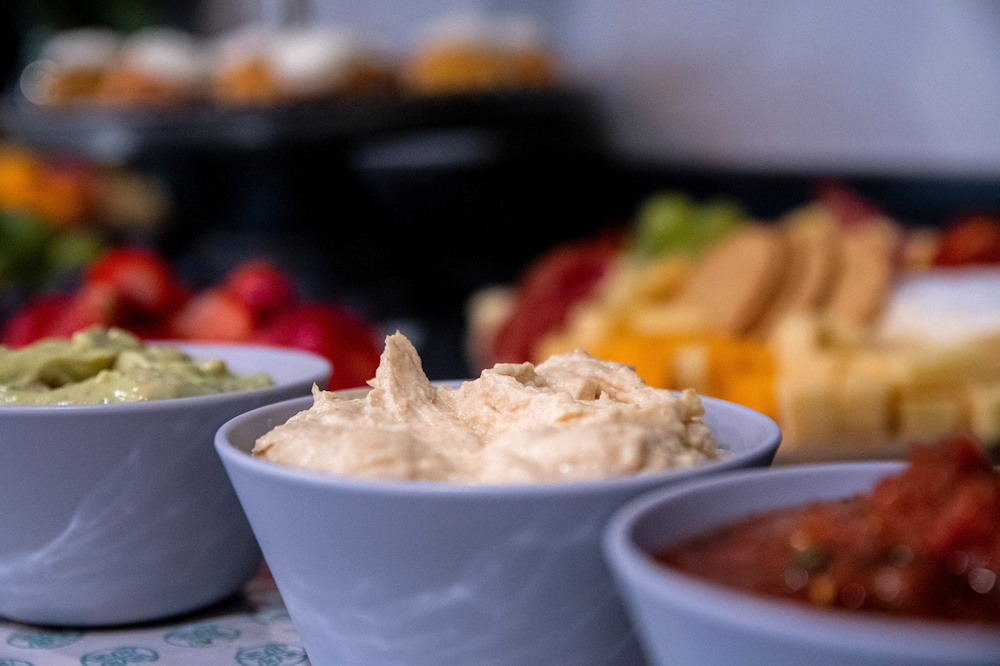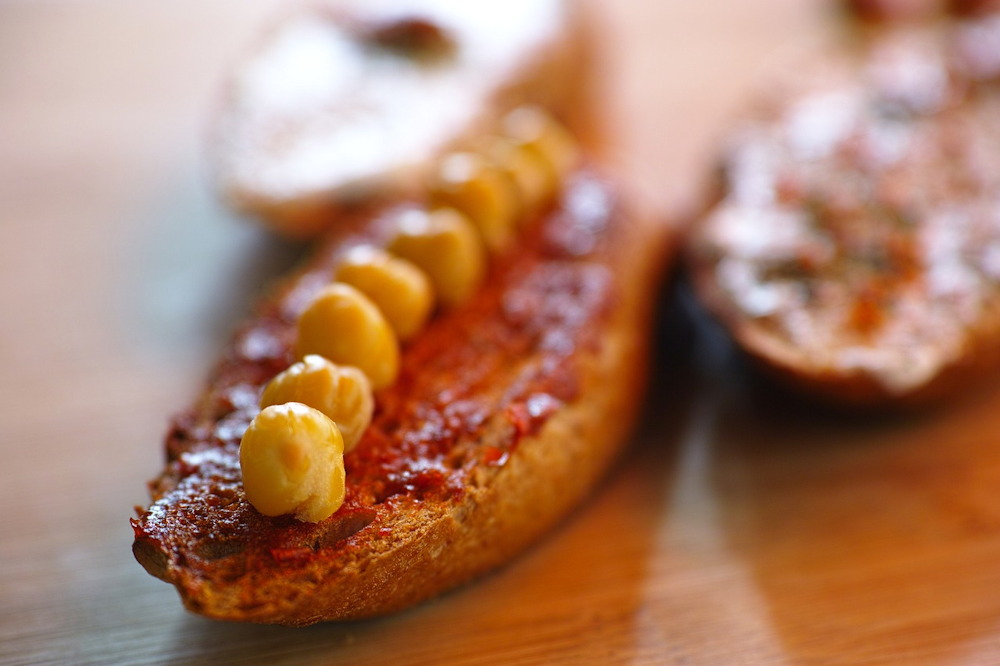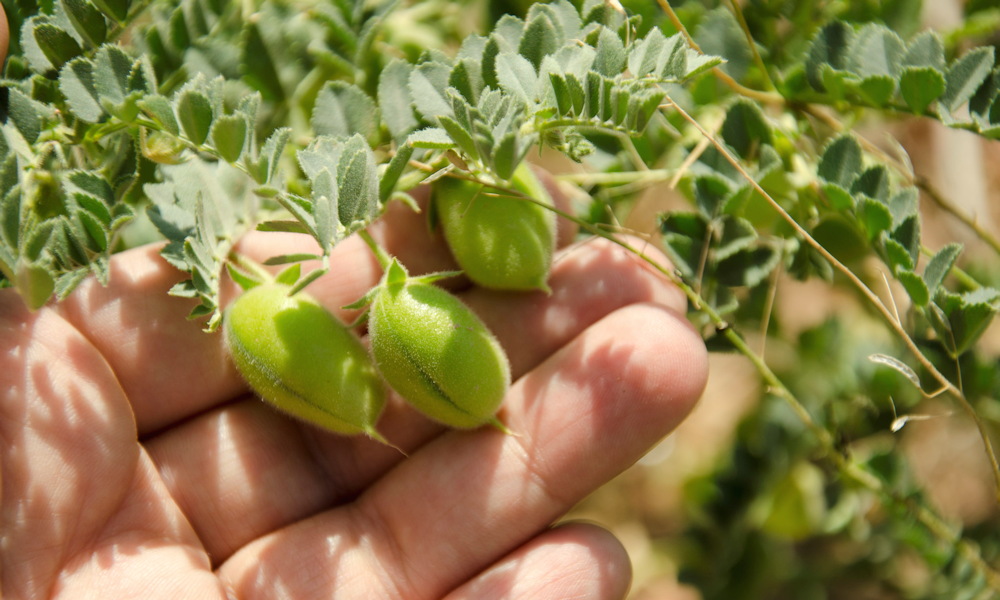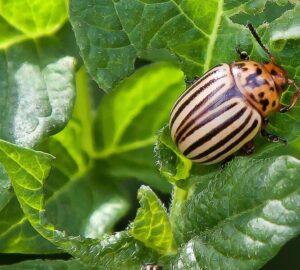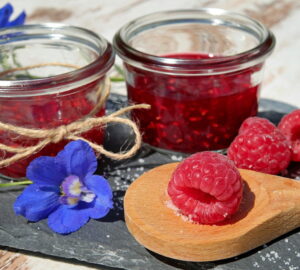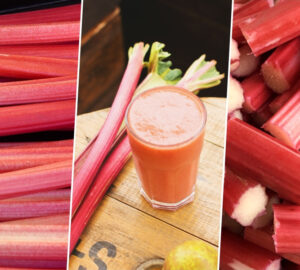Chickpeas, scientifically known as Cicer arietinum, are a treasure trove in the world of gardening and gastronomy. These versatile legumes not only add aesthetic appeal to your garden but also provide a bounty of delicious and nutritious possibilities in the kitchen. In this article, we’ll explore the characteristics of the chickpea plant, learn how to cultivate it successfully, delve into the art of harvesting and discover the culinary delights that can be crafted from this humble yet powerful legume.
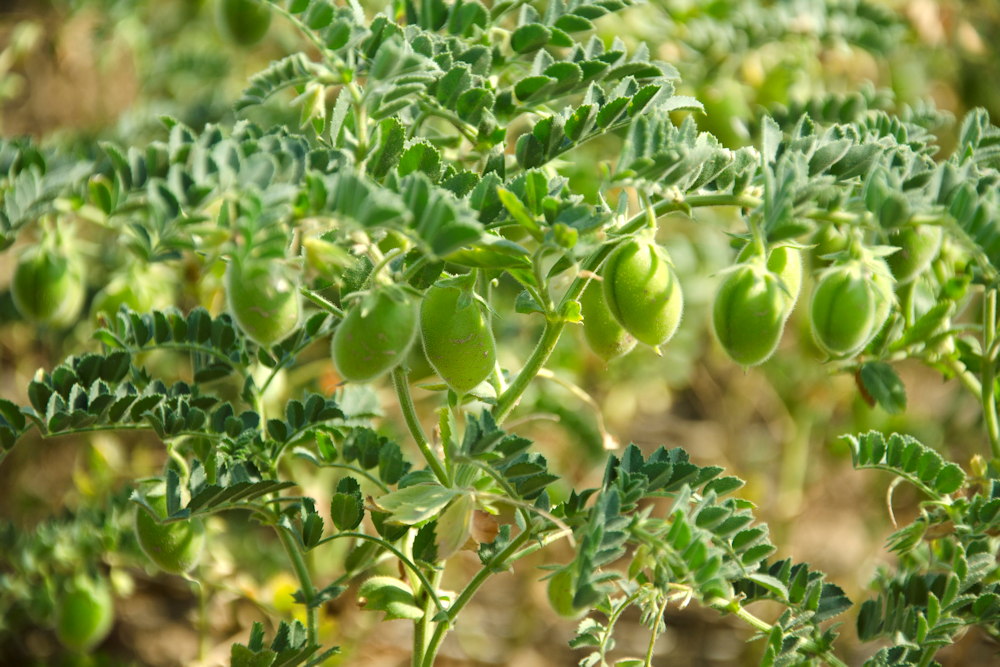
1. The Chickpea Plant
Chickpea plants are known for their feathery, pinnate leaves and delicate, white or violet flowers. They typically stand at a modest height of 18 to 24 inches (45-60 cm), making them suitable for gardens of all sizes. The legumes themselves, resembling small, rounded peas, form in pods, hanging gracefully from the plant. Chickpea varieties can range in color from beige to dark brown, offering a visually appealing addition to any garden landscape.

2. Growing Chickpeas in Your Garden
Chickpeas thrive in well-drained soil with a slightly acidic to neutral pH. Start by planting them in early spring, ensuring they receive ample sunlight. Space the seeds about 6 inches (15 cm) apart in rows, and water consistently but avoid overwatering.
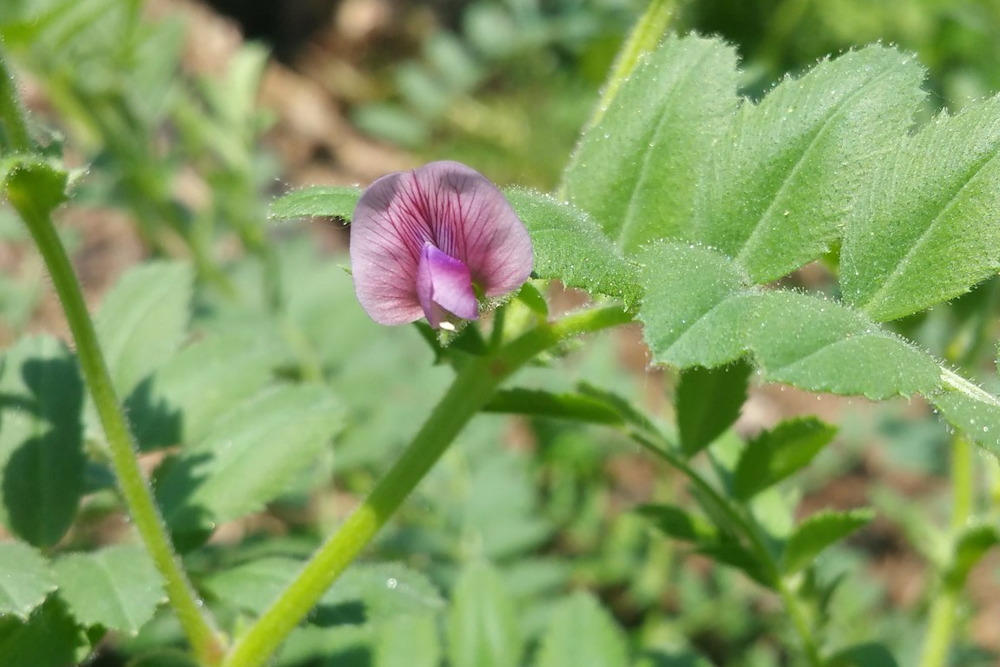
Chickpeas have deep taproots, so they are well-suited to container gardening as well. As they grow, provide support to prevent them from toppling over.
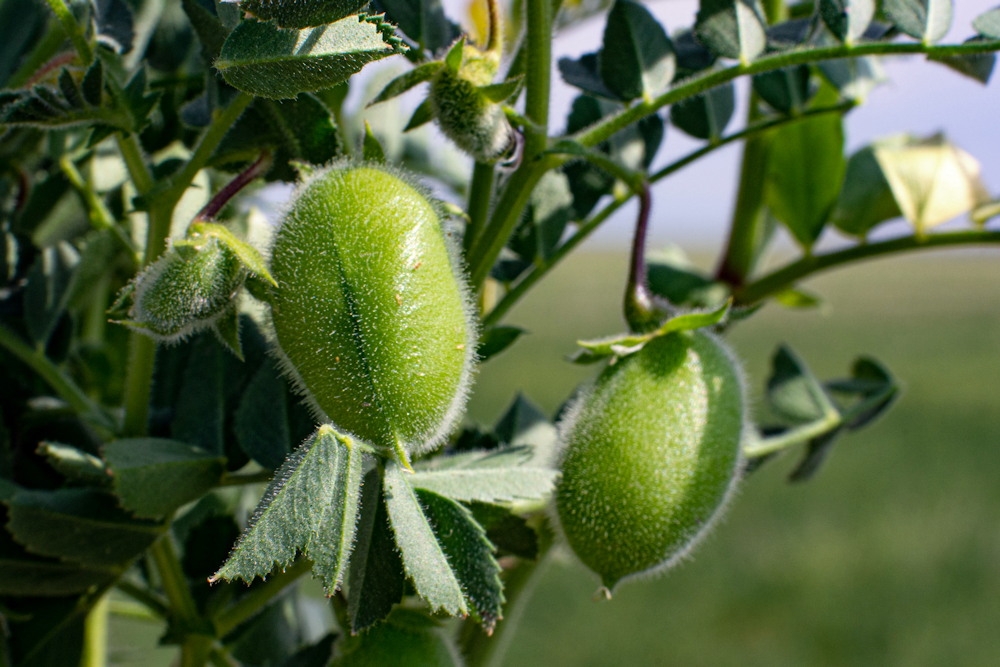
3. Harvesting Chickpeas
Chickpeas are ready for harvest when the pods turn brown and dry. To ensure optimal flavor and texture, pick the pods when they are fully mature. Simply pluck the pods from the plant, remove the chickpeas, and allow them to dry completely before storage. Properly harvested chickpeas can last for months when stored in a cool, dry place.
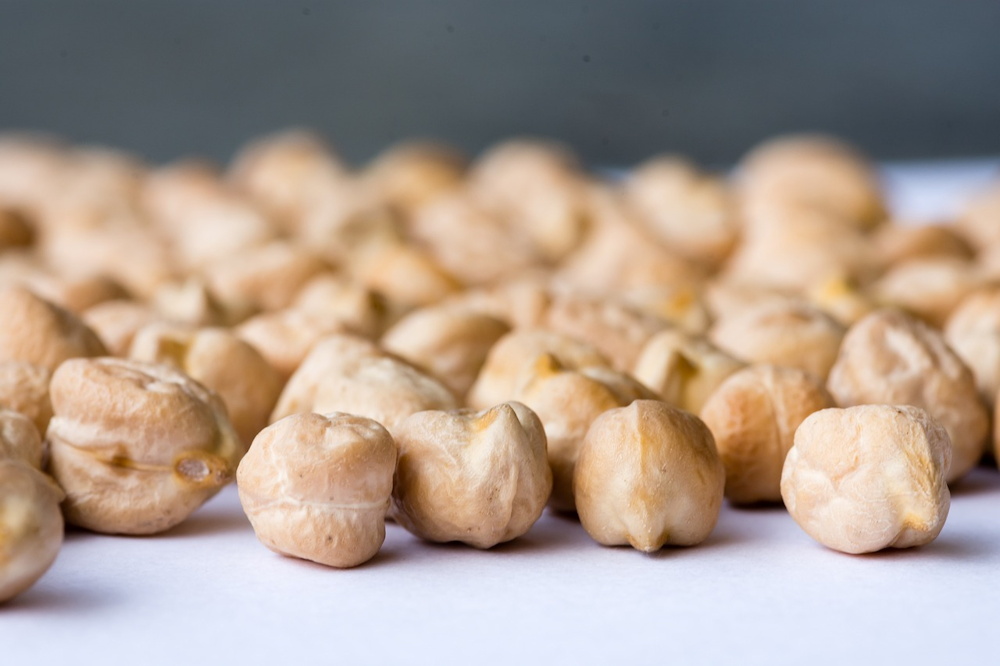
4. Culinary Delights
Chickpeas are a culinary chameleon, finding their way into a myriad of dishes. From the popular Middle Eastern dish, hummus, to Indian curries, salads and stews, the possibilities are endless. Chickpeas can be roasted for a crunchy snack or ground into flour for gluten-free baking. Their mild flavor and firm texture make them a versatile ingredient in both savory and sweet creations.
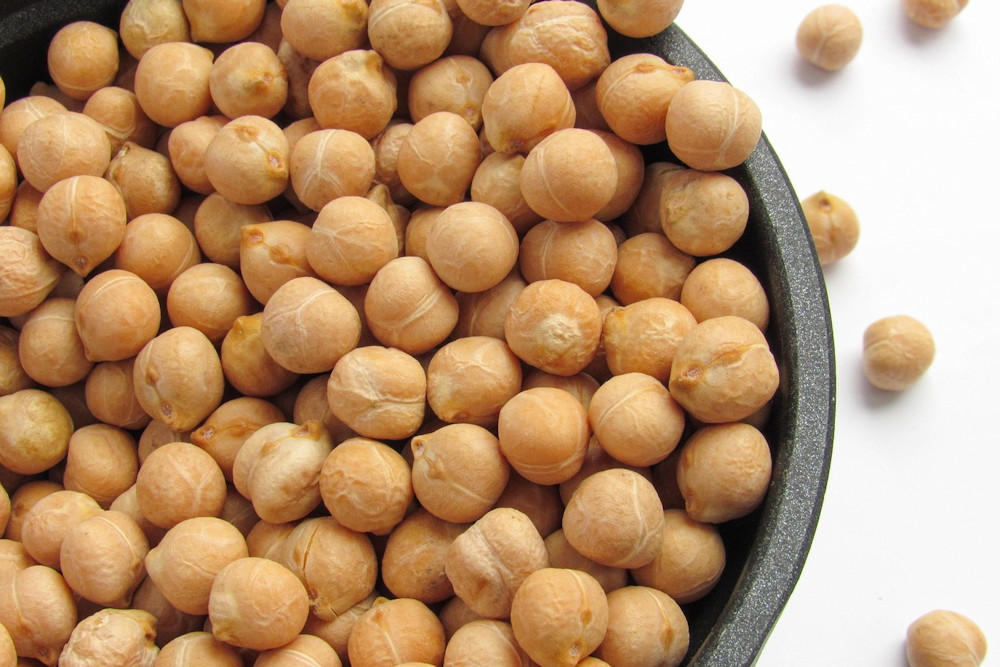
5. Nutritional Powerhouse, Ancient Roots and Culinary Versatility
- Rich in Nutrients: Chickpeas are a nutritional powerhouse, packed with protein, fiber, vitamins and minerals. They contribute to heart health, aid digestion and provide a sustainable source of energy.
- Ancient History: Chickpeas have a rich history dating back over 7,000 years, with evidence of cultivation found in the Middle East.
- Global Staples: Chickpeas are a staple in cuisines around the world, from the Mediterranean and Middle East to India and beyond.
- Drought-Tolerant Crop: Chickpeas are resilient and can thrive in arid conditions, making them a valuable crop in regions with water scarcity.
- Versatility in Cooking: Chickpea water, known as aquafaba, can be whipped into a foam and used as an egg substitute in vegan baking.
- Variety in Types: There are two main types of chickpeas – kabuli and desi – with the former being larger, creamier, and more commonly found in Western cuisine.

Embrace the Chickpea: A Versatile Gem for Gardens and Kitchens
Whether you’re a seasoned gardener or a kitchen novice, chickpeas are a delightful addition to your repertoire. From their elegant presence in the garden to their starring role in a multitude of dishes, these legumes bring both beauty and flavor to the table. So, embark on the journey of cultivating and savoring the mighty chickpea, and let this versatile gem enhance both your garden and your culinary adventures.
